How much does it cost to launch a reused Falcon 9? Elon Musk explains why reusability is worth it
SpaceX reached a new milestone recently when a Falcon 9 booster launched for the sixth time and then landed safely. It will almost certainly fly again but how many more times can this booster launch? What’s the theoretical limit? And how much does it actually cost SpaceX to refurbish a Falcon 9 booster between launches and what does this process entail? These and other questions have been recently answered by Elon Musk, the CEO of SpaceX.
Block 5 is the latest variant of the Falcon rocket which flew for the first time in May 2018. At the time, Elon Musk claimed that each rocket booster should theoretically be able to launch up to 100 times. Since then, Block 5 has flown 39 times in total, so SpaceX now certainly has a better idea of how the boosters are actually faring and whether Block 5 is meeting expectations. Therefore, it is encouraging that Elon Musk has currently said that there was “no obvious limit” to how many times a booster could launch and that “100+ flights are possible”. Of course, as Musk adds, some parts of the rocket would need to be replaced or upgraded over time to accomplish this feat.
So what does Falcon 9 booster refurbishment actually entail? The exact process is still shrouded in mystery, but we have some clues. The Merlin engines burn kerosene which results in soot buildup. It is therefore necessary to desoot the turbines between launches, which Elon Musk described as “difficult“. In contrast, the Raptor engine that powers the Starship spacecraft and Super Heavy booster is a much more complex engine than the Merlin, but because it uses methane which burns much more cleanly than kerosene, it is easier to reuse because there is no desooting needed. According to Musk, when it comes to Raptor’s easy reusability, “not having long chain hydrocarbons & lowering preburner combustion temperature make a big difference”.
Unfortunately, it’s unclear from Musk’s tweet whether the desooting is done on all Merlins after every launch, or only after a certain number of ignitions of each engine. You see, some of the engines do more burns over the course of one launch than others, because only three of the nine engines on the booster are reignited as part of the landing process. Additionally, SpaceX recently stopped doing pre-launch static fires on some Starlink missions, which further reduces wear and tear on the engines. Therefore, it’s possible that the desooting doesn’t need to be done on all engines after every launch. On a similar note, Elon Musk revealed that SpaceX technicians “almost never need to replace” whole Merlin engines between launches of a booster. However, “some individual parts like turbine wheels need to be replaced over time, similar to a jet engine,” he added.
As for the propellant tanks that make up the main structure of Falcon’s first stage, we know from the past that SpaceX performs X-ray inspections between launches. They check the welds and look for cracks or other irregularities. Additionally, in a recent Discovery documentary, we could see SpaceX workers cleaning the landing legs between launches.
Preparing the booster for its next launch currently takes about two months on average, but that doesn’t necessarily mean SpaceX can’t do it faster, if needed. The current fastest reuse took 51 days, but this record will likely be broken several times in the coming months and years due to SpaceX’s increasing launch cadence.
Ever since SpaceX began reusing rocket boosters, people have been debating how much it actually costs the company and whether it makes economic sense. For example, United Launch Alliance, a SpaceX competitor, did its own analysis and concluded that reusability pays off only if each produced booster flies at least ten times. But since ULA launches less than ten times a year, it’s actually more economical for them to manufacture a new rocket for each launch. ULA also argues that an expendable rocket has a higher payload capacity because it does not need to reserve some of the fuel for landing and at the same time it doesn’t need a stronger airframe, landing legs, grid fins and other hardware that increases the rocket’s total mass which in turn reduces maximum payload capacity.
However, Elon Musk disagrees with this analysis. He says that while reusability of the Falcon 9 reduces maximum payload capacity by less than 40%, recovering and refurbishing the booster represents less than 10% of the overall costs. As a result, after two launches, the total cost and combined payload capacity are roughly comparable to one launch of an expendable rocket. And if the booster flies at least three times, the savings are undeniable.
Payload reduction due to reusability of booster & fairing is <40% for F9 & recovery & refurb is <10%, so you’re roughly even with 2 flights, definitely ahead with 3
— Elon Musk (@elonmusk) August 19, 2020
We also have more specific figures available because Elon Musk revealed the marginal cost of launching a reused Falcon 9 in a May 2020 interview for Aviation Week (starting at 17:53). Marginal costs represent only the costs resulting from relaunching the Falcon 9 after its first mission is already done and paid for. According to Elon Musk, the marginal cost for a reused Falcon 9 launch is only about $15 million. He explained that the majority of this amount was represented by the $10 million it costs to manufacture a new upper stage. It is not reusable (and never will be), so it is necessary to make a new one for each launch. The remaining $5 million include costs of reusing the payload fairings (Musk probably only counts fairing refurbishment costs in this scenario because it costs $5–6 million to manufacture a new set of fairings), helium, fuel and oxygen, and also the cost of recovering the booster and fairings. Most importantly, the cost of refurbishing the recovered booster is only $250,000, according to Musk. That’s a very low amount, which could indicate that the booster refurbishment process does not require much manpower, expensive hardware replacements or complex inspections.
NASA’s Space Shuttle was also reusable but the refurbishment process was extremely complex, time-consuming and therefore expensive. In the end, the mostly reusable Shuttle was actually more expensive than a fully expendable rocket.
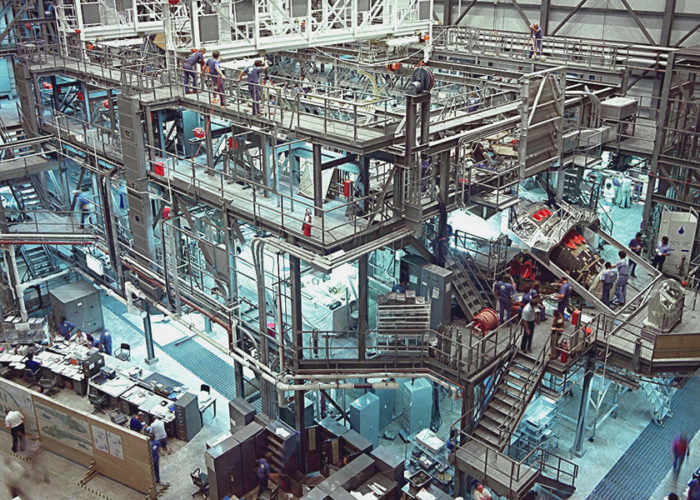
Space Shuttle during ground processing which was incredibly complicated and resource-intensive (Credit: NASA)
SpaceX offers the launch of a reused Falcon 9 for the price of $50 million, which would mean that, if the $15 million marginal cost is somewhat accurate, the company makes a significant profit on every launch. However, that’s not the whole story because we also have to consider the investment SpaceX made in order to develop reusability. According to Elon Musk, Falcon 9 reusability cost about a billion dollars to develop. But this amount is basically being divided up over time between all SpaceX launches with reusable rockets. SpaceX rockets are priced well below the competition, but the company can’t lower the prices just yet, as Musk explained in 2017: “The price savings can’t be as much as the cost savings because we need to repay the massive development costs.”
Falcons only started to be reused after the introduction of the v1.2 design variant at the end of 2015. Since then, SpaceX has done 77 launches and is expected to conduct around 20–40 more launches every year. So if we split the development cost of reusability, it has increased the cost of each of those 77 launches by about $13 million. That means launches are still profitable and the margin increases with each additional launch. Also, SpaceX can use profits to fund Starlink and Starship, both capital-intensive projects.
With above in mind, when SpaceX launches its own Starlink satellites, the company basically pays only the $15 million in marginal costs to launch 60 satellites. But when calculating overall launch costs, it is also necessary to add the cost of production of the booster (the first stage). Elon Musk has stated in the past that the first stage represents about 60% of the total cost of the rocket, while the second stage represents about 20%. So if the cost of producing a second stage is $10 million, as mentioned above, the first stage should cost around $30 million to manufacture. This initial cost is then divided up depending on how many times the given booster ends up launching. Recently, SpaceX reached a new milestone when one of the Falcon 9 boosters launched for the sixth time. Elon Musk subsequently confirmed that SpaceX plans to push the envelope further and eventually reach 10 launches with a single booster.
Some tight shots of B1049.6 #SpaceXFleet #SpaceX pic.twitter.com/zNRIph2jrh
— Kyle Montgomery (@Kyle_M_Photo) August 21, 2020
So far, SpaceX has produced 11 Falcon 9 boosters of the latest Block 5 variant and these carried out a total of 37 missions (all successfully). This means that each booster has flown roughly three times on average, and this figure will likely keep rising. However, the 100 flights of a single booster that Musk mentioned is more of a theoretical figure that will never be achieved in practice. SpaceX President Gwynne Shotwell has mentioned some time ago that each Falcon booster would probably need to launch only about 10 times on average.
The reason is that SpaceX needs to manufacture some number of new boosters every year because some customers, like the military, still require new rockets to launch their payloads. As a result, the number of produced boosters will be high enough that in order to fulfil all planned missions by the time the Falcon rocket family becomes obsolete and is replaced by Starship, each Falcon booster will only have needed to launch about 10 times, even though technically, it should be capable of doing more launches.
So what does it cost SpaceX to launch a Falcon 9? If Musk’s marginal cost figures are at least somewhat correct, SpaceX’s cost to a launch a newly built Falcon 9 is about $50 million. The company charges $62 million for a standard commercial Falcon 9 launch with a new booster, so the first mission results in about $12 million in profit. The second launch of the same booster then costs only the mentioned $15 million, which include refurbishment of the booster and payload fairings, production of a new second stage, fuel, the cost of operating a naval recovery fleet, etc.
SpaceX charges a little less for launches with a reused booster, so if the second launch carried a payload for a paying customer, SpaceX gets $50 million. That means the total revenue from two launches of that booster is $112 million ($62M + $50M), while the total cost to SpaceX is only $65 million ($50M + $15M). So SpaceX would have made $47 million in profit after two launches which can potentially cover the costs of at least three Starlink launches, which would then be basically free.
If the given booster launches 10 times in total and we assume that each payload fairing can be used twice on average, the total costs after 10 launches would be around $210 million. As an example from the following table, SpaceX could use each Falcon booster for four commercial launches and then the remaining six could launch Starlink satellites “for free”. This is a pretty clear-cut case of booster reusability being worth it.
Now imagine you’re some other company that wants to build a satellite megaconstellation similar to Starlink. You would probably find it very difficult to compete with SpaceX’s launch costs. Amazon with its Kuiper constellation seems to be the only company that might stand a chance. That’s because Amazon’s owner Jeff Bezos also owns Blue Origin which is designing its New Glenn rocket to have a reusable first stage just like the Falcon 9.
It’s possible there could be some kind of arrangement made between the two companies that would allow Amazon to have their thousands of Kuiper satellites launched cheaply by Blue Origin. However, Blue Origin hasn’t launched the New Glenn yet and it might take quite a bit of time after the first launch to achieve routine reusability of the boosters. And by then, SpaceX might be regularly launching the fully reusable Starship rocket which is expected to be able to carry 400 Starlink satellites to orbit at once, at a fraction of the cost of the already very cheap Falcon 9.



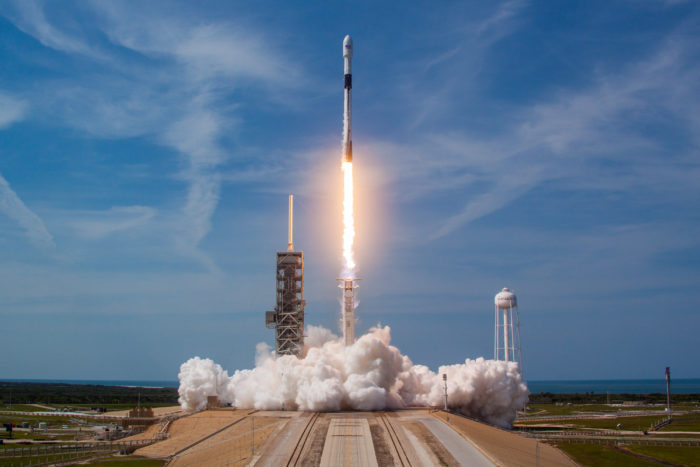
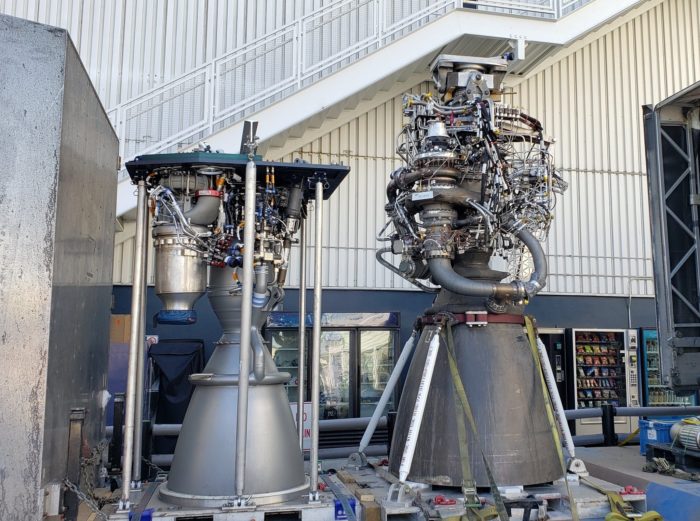
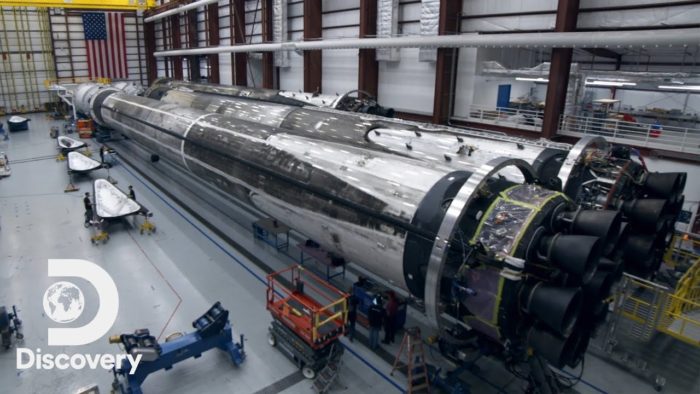
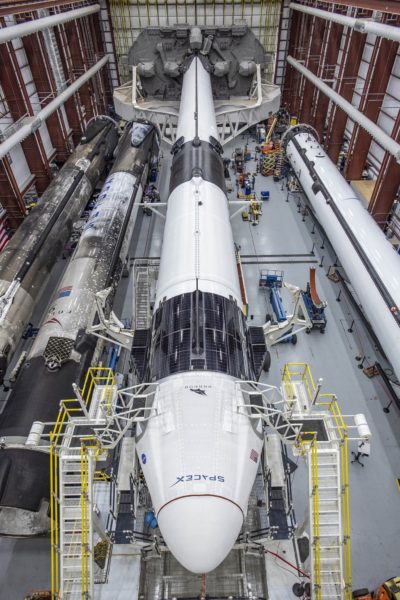


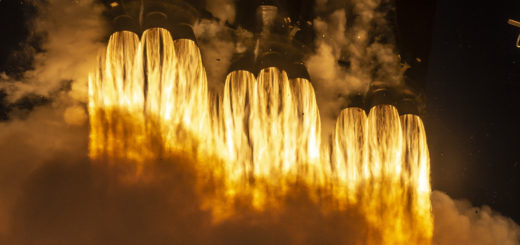
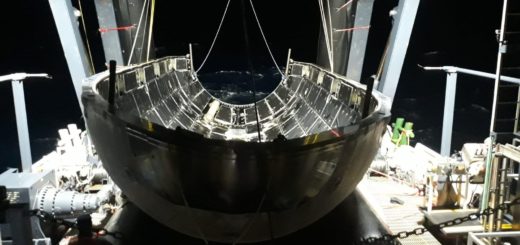
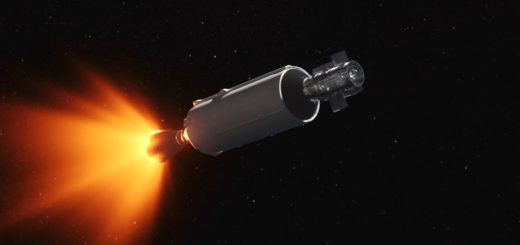

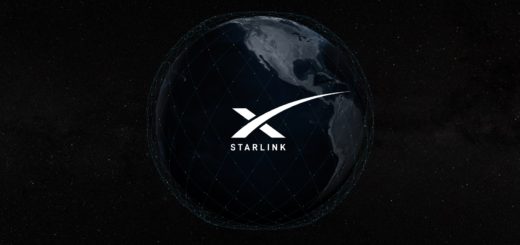
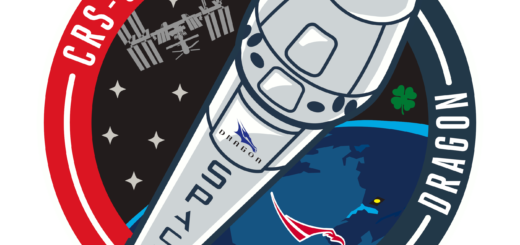
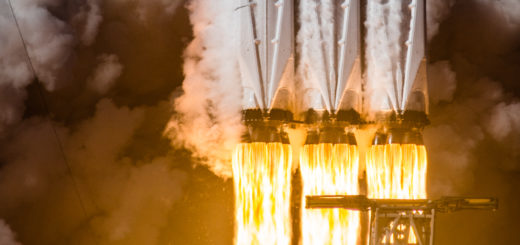
I think it will be almost impossible to beat Space X on cost, because Elon has some of the best engineers in the business, But that’s what makes America the best, Competition brings out the Best ideas for all.👍🇺🇸🇺🇸🇺🇸
Spacex does not have to figure in the cost of production in order to correctly ‘price’ the cost of a launch. The market price is set by supply and demand and space x’s Product is priced perfectly.
Saying the upper stage “never will be” reusable is strangely childish. You’re setting yourself up to be laughed at later. Better writing would be to say “not anytime soon”.
I seriously thought we were past people saying NeVeR just because its not happening right now. Don’t place yourself in a long list of forgotten people that write like that.
Karen…? Is it really you?
In this context “never” isn’t being used to imply impossible, quite the opposite. Musk has stated that SpaceX will abandon the reusability upgrades for falcon to divert resources to new product lines such as Starship which has a fully reusable launch stack. The claim then is that falcon 9 will be replaced by the new product lines and therefore never upgraded, rather retired and replaced with a fully reusable product.
If you’re going to publish articles, make sure your authors know the difference between *then* and *than.*
8th paragraph:
That’s “less than” not “less then.”
Amateurs and grade-schoolers make that mistake, professional writers shouldn’t.
Who says we’re professional writers? English isn’t even our first language… So if this is the only issue you have with the article, I’m pretty happy, to be honest.
But yeah, thanks for pointing out the mistake. I actually know the difference between than and then (I used them correctly in all the other instances in this article) but one slipped through somehow.
Umm, excuse me? What a scandalous and outrageous reply!!!
Mistakes like that should result in a writer’s pinky being chipped off. The writer will still retain the ability to write, but will never make that same mistake.
Come on. Your bettor then this.
How embarrassing.
Maybe he did it on purpose, as you wrote “bettor then this”.
do anyone have idea that what could be the cost of falcon 9
Haven’t you read the article you’re commenting under? It should answer your question.
Hey,
Great job! I’ve got one question – where did you get ‘Fuel + other costs = $5M’? I’m really curious, cuz I came here seeking exactly this number.
It’s from the Aviation Week interview with Musk: https://podcasts.google.com/feed/aHR0cHM6Ly9hdmlhdGlvbndlZWsubGlic3luLmNvbS9yc3M/episode/ZGE3YTZmNzItZWY3ZS00MTNkLTk3YzAtYThmZDIxZDVkZTZk?hl=en&ep=6
Best engineers? not so sure. 9 rockets or 27 rocket boosters begs the question. really? Arguably a single nozzle, perhaps fed by multiple pumps, makes more sense. Beyond that, their failure to employ a launch tube, cannon type launch speaks to a serious lack of foresight.